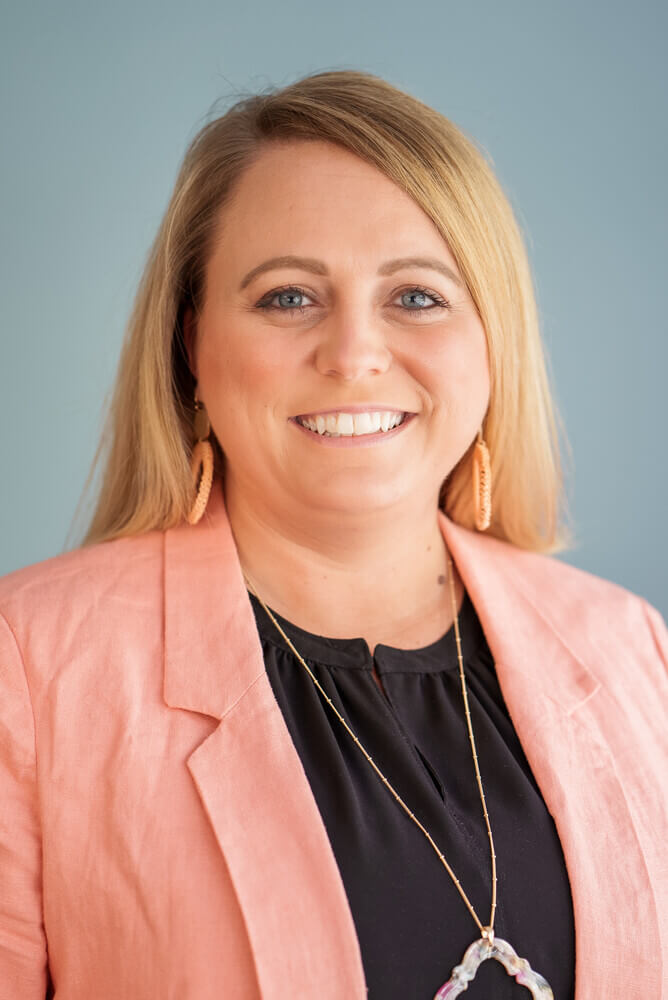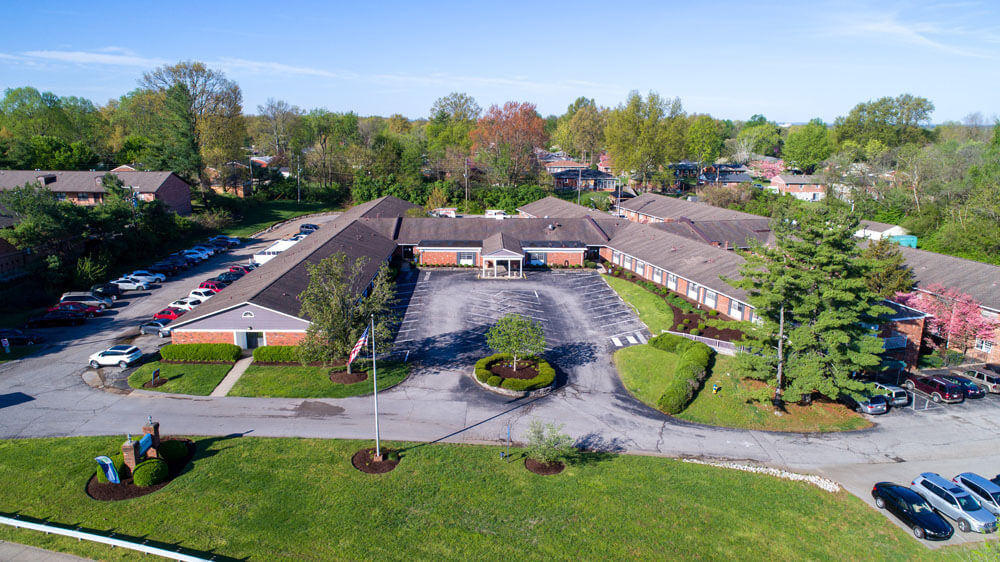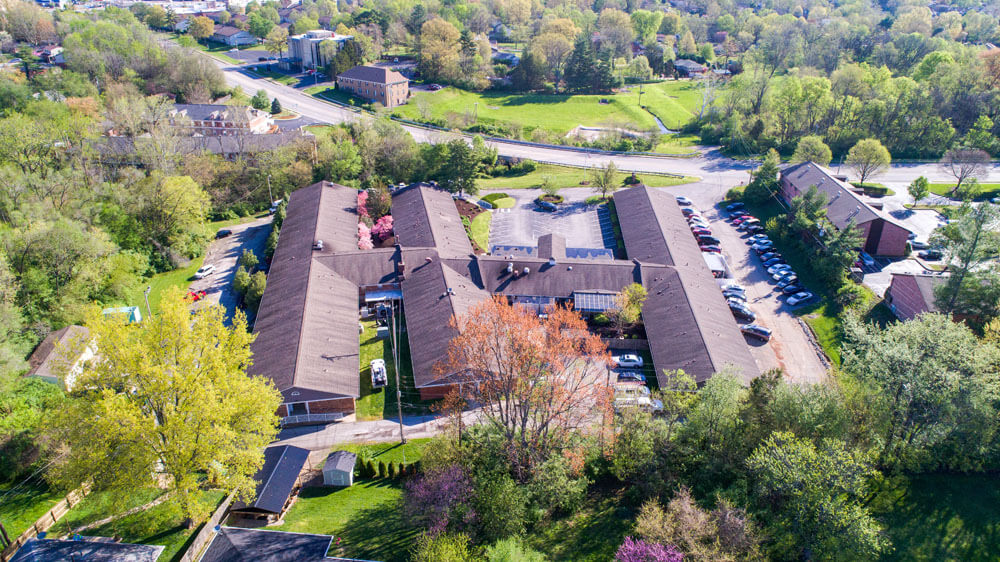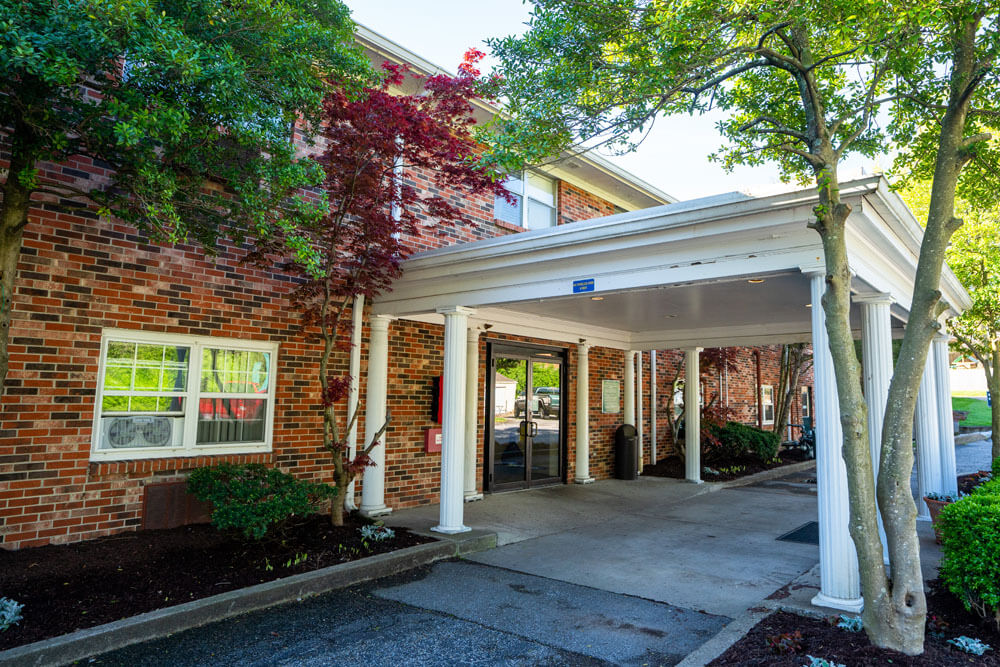
Glaucoma: The Silent Disease
Glaucoma has been called the “silent disease” because there are usually no symptoms and no pain.
Phyllis Diller once advised women, “Whatever you may look like, marry a man your own age—as your beauty fades, so will his eyesight.” It is true that our vision does change as we age. We may hold the book farther away until reading glasses become necessary or we may need glasses to drive. However, some vision problems, such as glaucoma, can be much more serious.
Glaucoma is caused when fluid builds up in the front part of the eye, increasing the pressure within the eye and damaging the optic nerve which sends images to the brain. Without treatment, this damage leads to gradual, but permanent, loss of vision within a few years.
Glaucoma has been called the “silent disease” because there are usually no symptoms and no pain. A less common form that does have symptoms is called angle-closure glaucoma. This acute attack condition is a true emergency. The symptoms can include sudden blurry vision, severe eye pain, halos or rainbows around lights, or nausea, headache, and vomiting. However, open angle glaucoma is most common and has no symptoms, so regular exam eyes are necessary to detect the increased fluid that results in glaucoma.
Risk Factors
The following adults are at greater risk than others:
- African American over 40 years old
- Adults over 40 with a family history
- Adults over 60
- Adults with diabetes or high blood pressure
- Those with other eye diseases
Glaucoma is the leading cause of blindness in adults over 60. While it cannot be cured or reversed, it can be treated to delay the progression of the disease, so it is vital to get an eye exam every 1 to 2 years after age 60.
Glaucoma Treatment
After a diagnosis, your doctor will likely recommend pills or eye drops to control eye pressure. Laser procedures are sometimes recommended to drain fluid. Surgery is necessary in some cases to create a way for fluid to drain.
What You Can Do Now
If it has been more than 2 years since your last eye exam, schedule an exam right away. If you have received a diagnosis of glaucoma, don’t stop taking your medication or discontinue use of eye drops. Some people stop using the drops because the drops burn or sting. Talk to your doctor about a different eyedrop, but don’t stop using the drops. Make sure you understand how to use the eyedrops. Take someone with you to the exam or ask the doctor’s staff to write down the instructions.
Changes in vision may be a normal part of aging, but loss of vision from glaucoma doesn’t have to be. Early diagnosis and treatment can delay progression of the disease and protect your vision.
LEARN MORE ABOUT EYE CARE AND TREATMENT.






